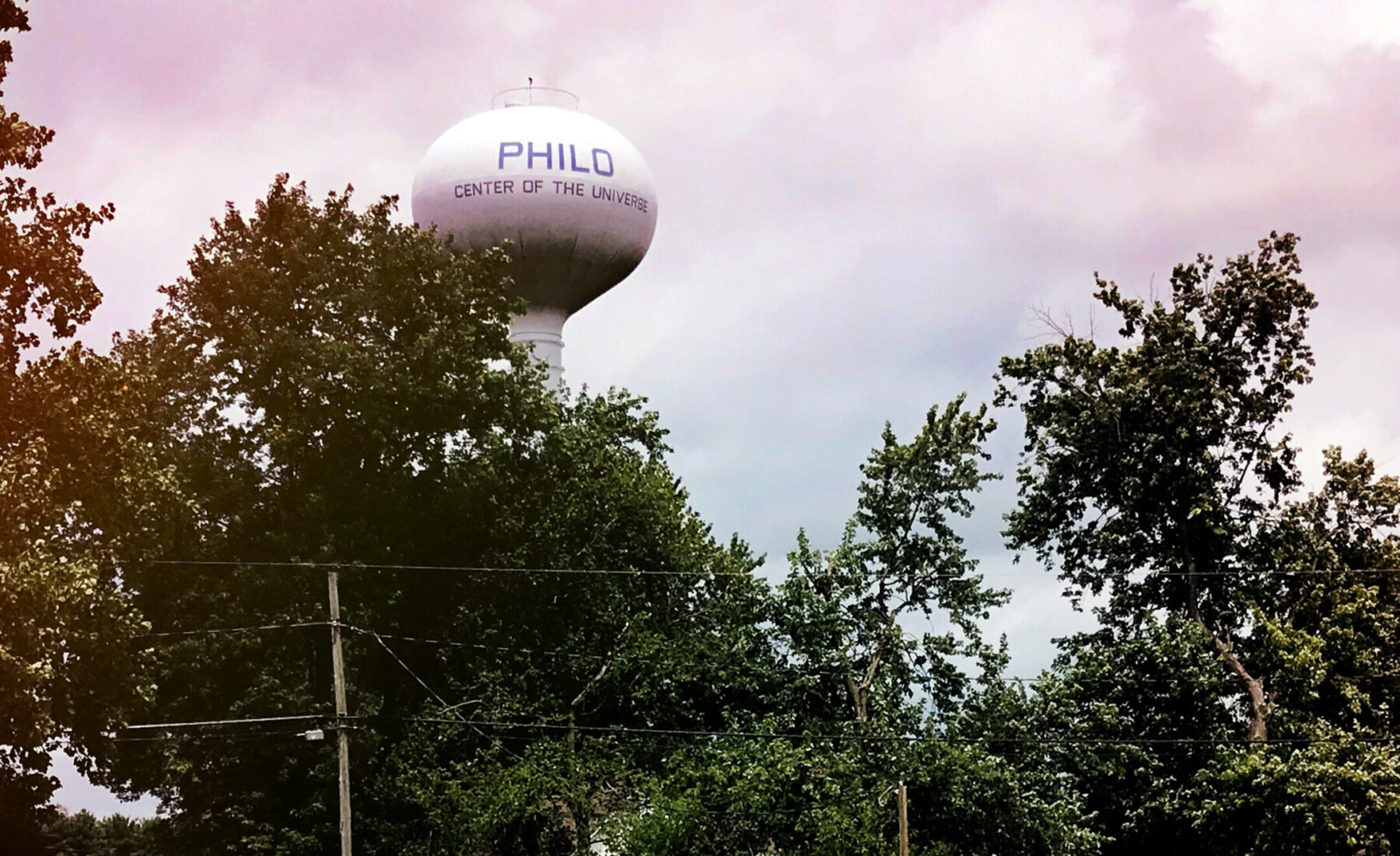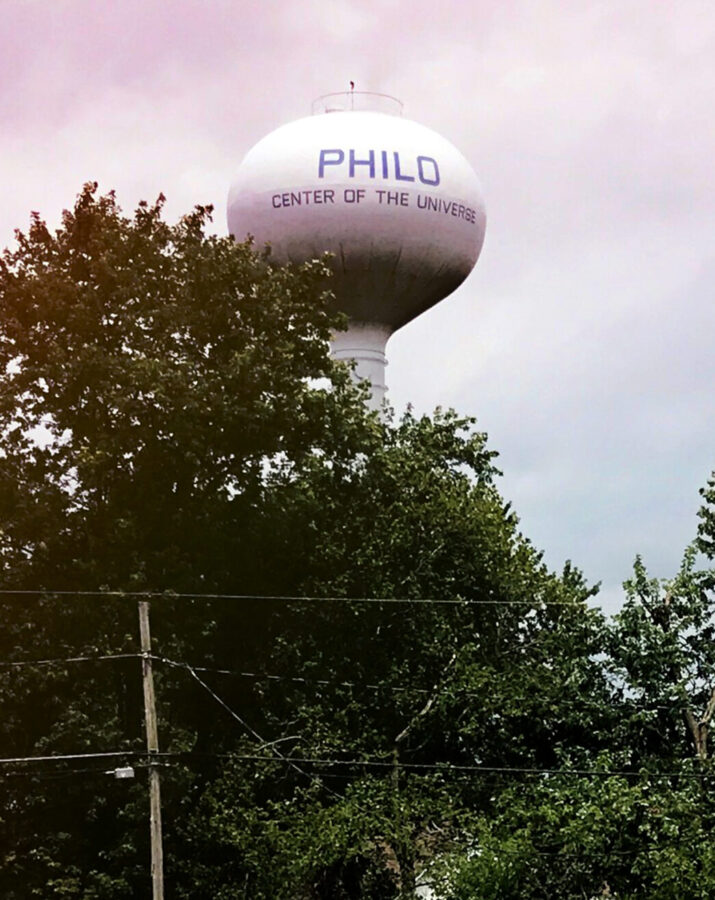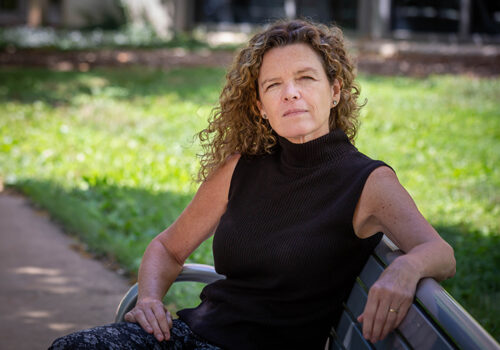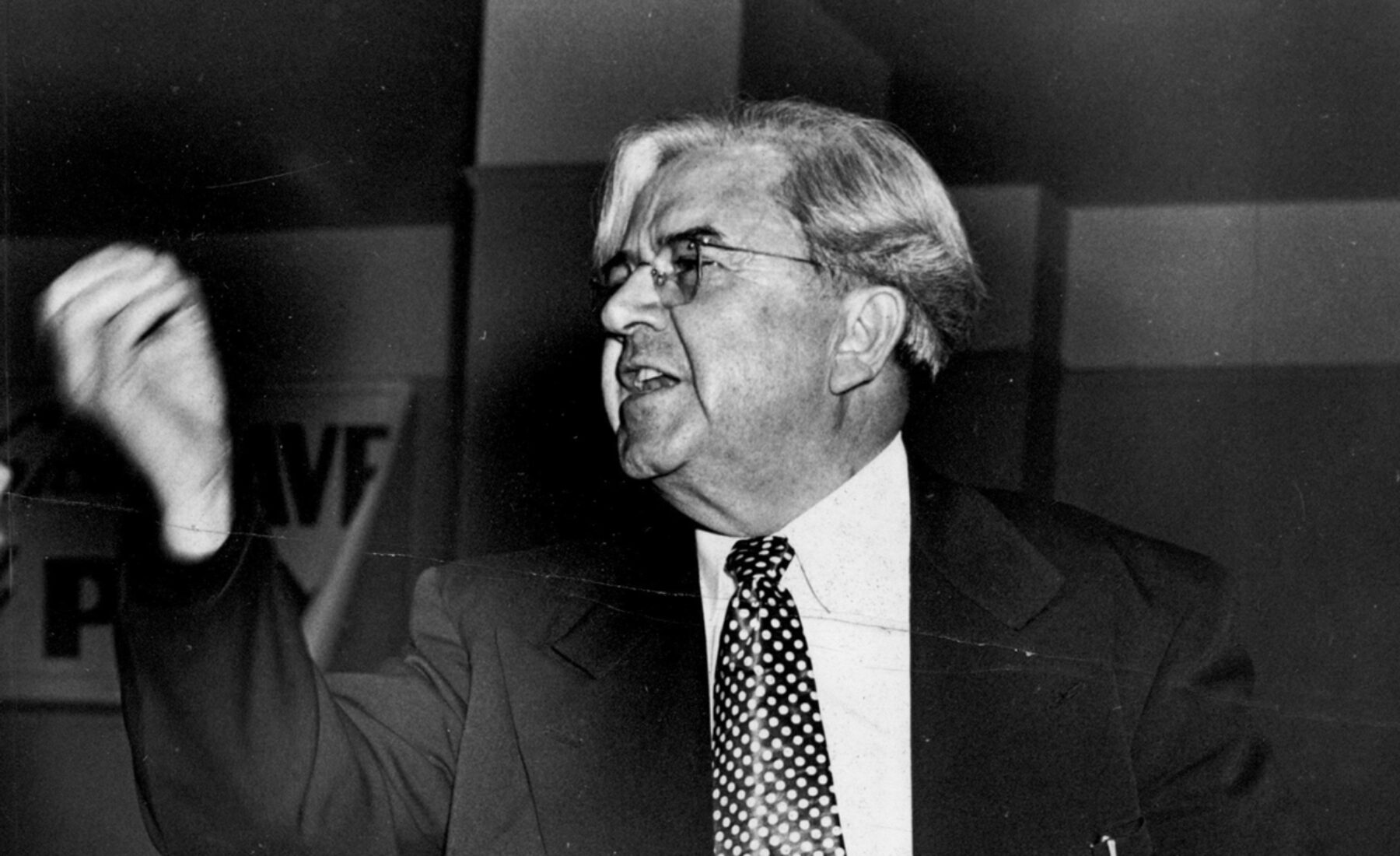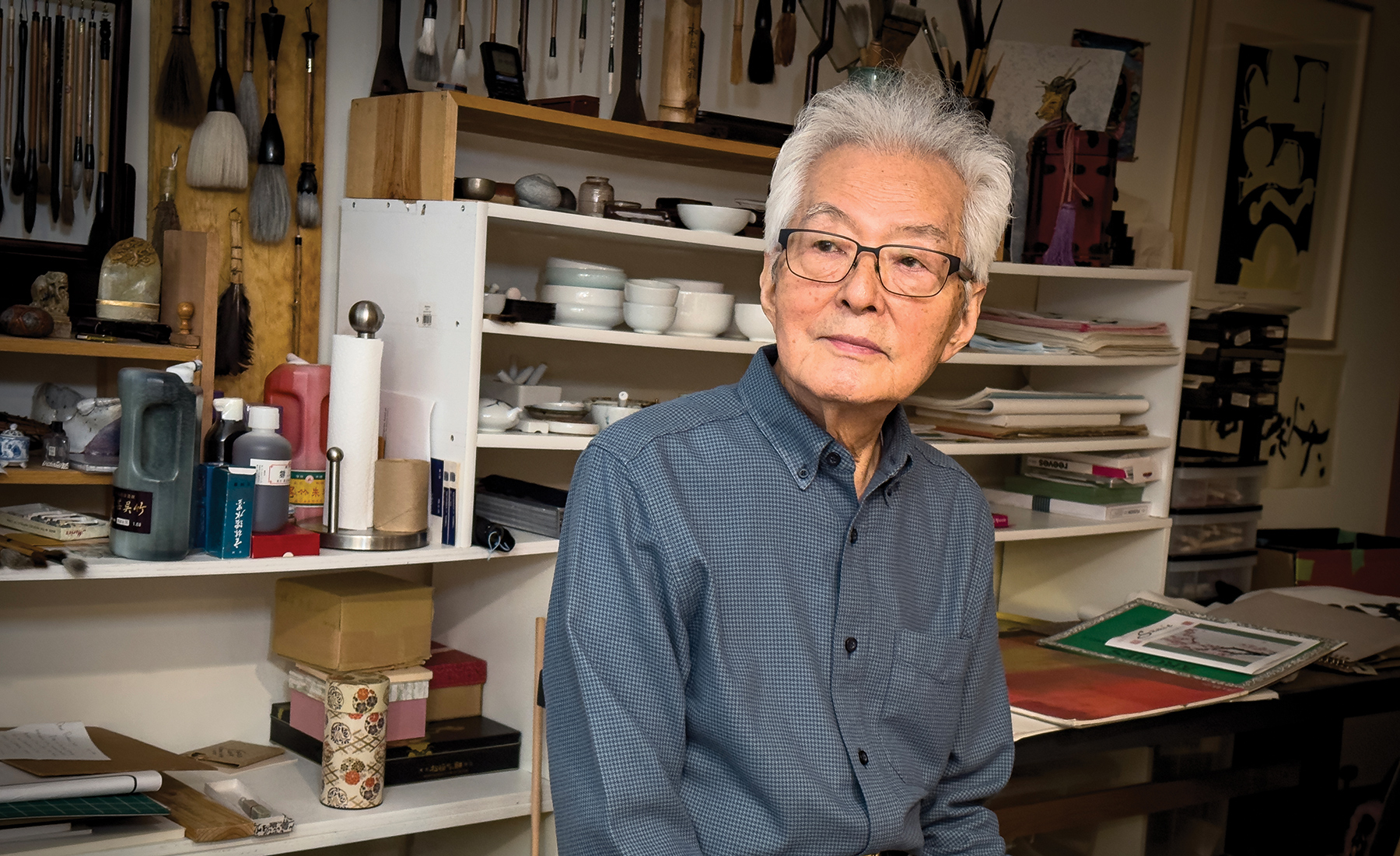The Illinois Storytellers series brings you first-person pieces from distinctive Illinois voices. Colleen Bushell (FAA ’85, ’95) was a student at Illinois in the early 1990s. It was then that Marc Andreessen (GRAINGER ’94), student and part-time assistant at the National Center for Supercomputing Applications (NCSA), asked her to design the interface for the yet-to-be-released Mosaic web browser. We have these early internet pioneers to thank for integrating graphics into web pages, a way to easily see a page’s source code, and even the use of the rotating NCSA Mosaic globe to indicate a page was loading, among many other innovations. A great deal has happened in the twenty-seven years since the Mosaic browser became known for popularizing World Wide Web. Yet, Bushell, now an associate director at NCSA leading the Healthcare Innovation program, still remembers when she, Andreessen, and fellow student, Eric Bina (GRAINGER ’86, ’88), began to grasp the enormity of their contribution while sipping on a cocktail in Philo, Illinois.
In the spring of 1993, Mark, Eric, and I decided to get out of the office. At the time, I lived in Philo with my husband, where we were renovating a turn-of-the-century house. So, the three of us made the fifteen-minute trip there to have our meeting. We sat on my big, old porch swing, enjoying margaritas. I remember it was shortly after we released Mosaic, and hundreds of people were emailing Marc. Remember, at that time that was very unusual. Thousands were downloading the browser every week. V
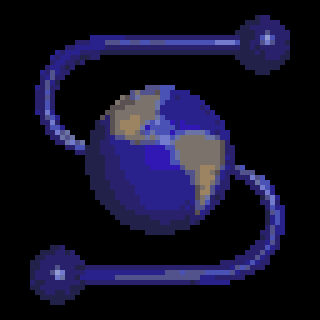
It was then that we started to realize that Mosaic was really taking off and could become a big thing. We were in awe about what the future could be. I think that time is so memorable because of where we were in this very small farming community just right outside of Urbana. Our house was at the intersection of two roads. When you looked in either direction you would see farmland. It felt like you were in the middle of nowhere.
In Philo, they have a water tower. Written on both sides, it says, “Center of the Universe.” We thought that was just so funny—here we were in this small town talking about this big thing we launched that was turning out to be a significant, disruptive kind of technology throughout the world.

Early on, I was responsible for putting together consortiums and faculty panels on ethics because of public concerns about anybody being able to put anything on the internet. There was an awareness even then that it could cause problems, which is what we’re seeing now. Once people are able put information out there, who’s going to control it? All the possible bad things that we talked about happening, actually did to some degree. But then good things happened, too.
In the last ten years, I’ve been working in genetics at NCSA and building software tools for analyzing genetic data. As the genetic data field took off, and scientists were sequencing humans, they were having similar discussions that were parallel to concerns we had in the early days with Mosaic about the inevitable good and bad ramifications of the new technology.
But really, working on Mosaic gave me a new perspective. When I was younger, I always thought of the people who came up with new inventions as “unusual” or “special.” Working on Mosaic showed me that many people can contribute to innovation, and you just don’t know what kind of impact they’ll have. You need to have insight and a strong passion for solving problems. And when you’re in an environment like NCSA, you get exposed to challenges much sooner, which happens often.
I remember some people who were skeptical that the internet would last. They thought of it as a fad that would dissipate, but it kept evolving and growing. When I saw a website stamped on the actual eggs at the grocery store—that’s when it hit me that it was everywhere. I knew this wasn’t just a fad.
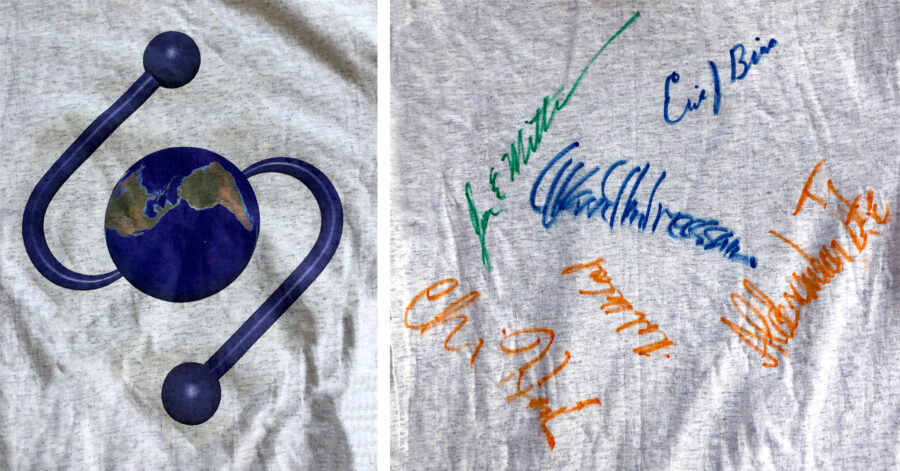
Even after Mark and Eric left to go to Netscape, the three of us continued to exchange emails for a period. Mosaic reached an extraordinary point where it became the most used browser on the internet, and it expanded beyond sharing of information to include a lot of advertising and commerce. We all reminisced back to what we called our “margarita meeting.” As we sat in the middle of small-town America at the Center of the Universe, we were struck by the realization that, wow, this is definitely something people all over the world want!
